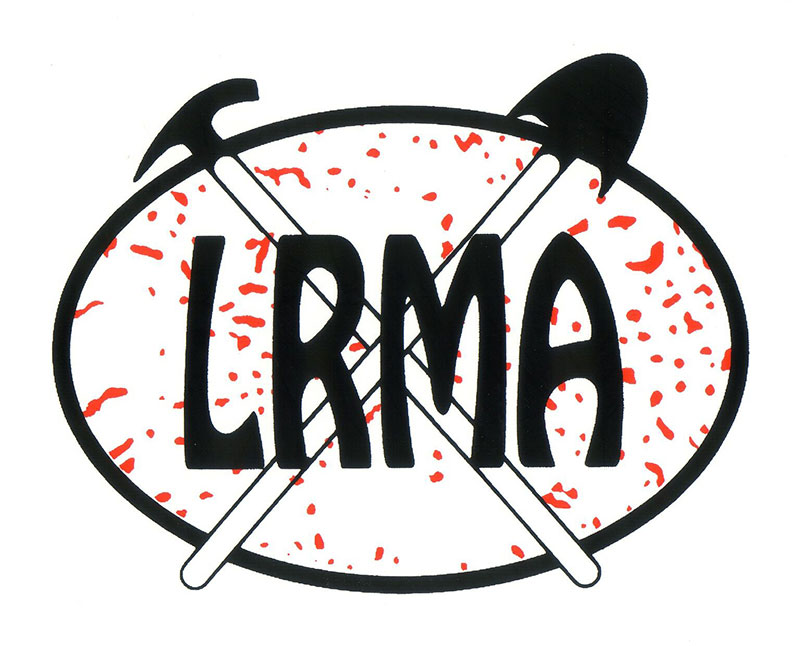Mining Opal
Years ago miners sank vertical shafts with picks and shovels until they reached the opal bearing level and followed the level by candlelight with picks. The opal dirt was brought to the surface in a bucket with a “windless”, operated by hand.
Today however, opal mining is a much more mechanised and capital intensive industry. A miner with sufficient capital, is able to take out a 28 day, or in some circumstances three month Opal Prospecting License and prospect a designated area with a nine inch auger drill. Once he has identified an area he believes may be viable he then pegs and registers a 50m by 50m mineral claim and sinks a three foot vertical shaft with a drilling rig.
Opal is generally found at depths of between 10 and 30 metres below the surface in a layer of claystone or “opal dirt”, immediately below a level of sandstone.
The opal dirt is then removed with jackhammers and/or hydraulic digging machines and transported to the surface either in large buckets on an automated hoist or via a “blower”, which is like a very large vacuum cleaner.
In areas around Lightning Ridge where opal occurs in “nobbies” or nodules, the opal dirt is then washed in “agitators” or converted cement mixer bowls. The opal dirt dissolves in the water, leaving behind the precious and common opal, called tailings.
The tailings are sorted to identify any precious opal, which is cut, polished and sold to an opal wholesaler.
The opal bearing clay from areas around the Grawin, Glengarry and Sheepyards, south west of Lightning Ridge, is not often washed as the opal occurs in seams and is easily identifiable underground.
Many tonnes of dirt are removed and processed in the effort to discover a good “pocket” of opal and due to the fact the opal occurs sporadically and is rare, it is only the lucky few that strike it rich.
